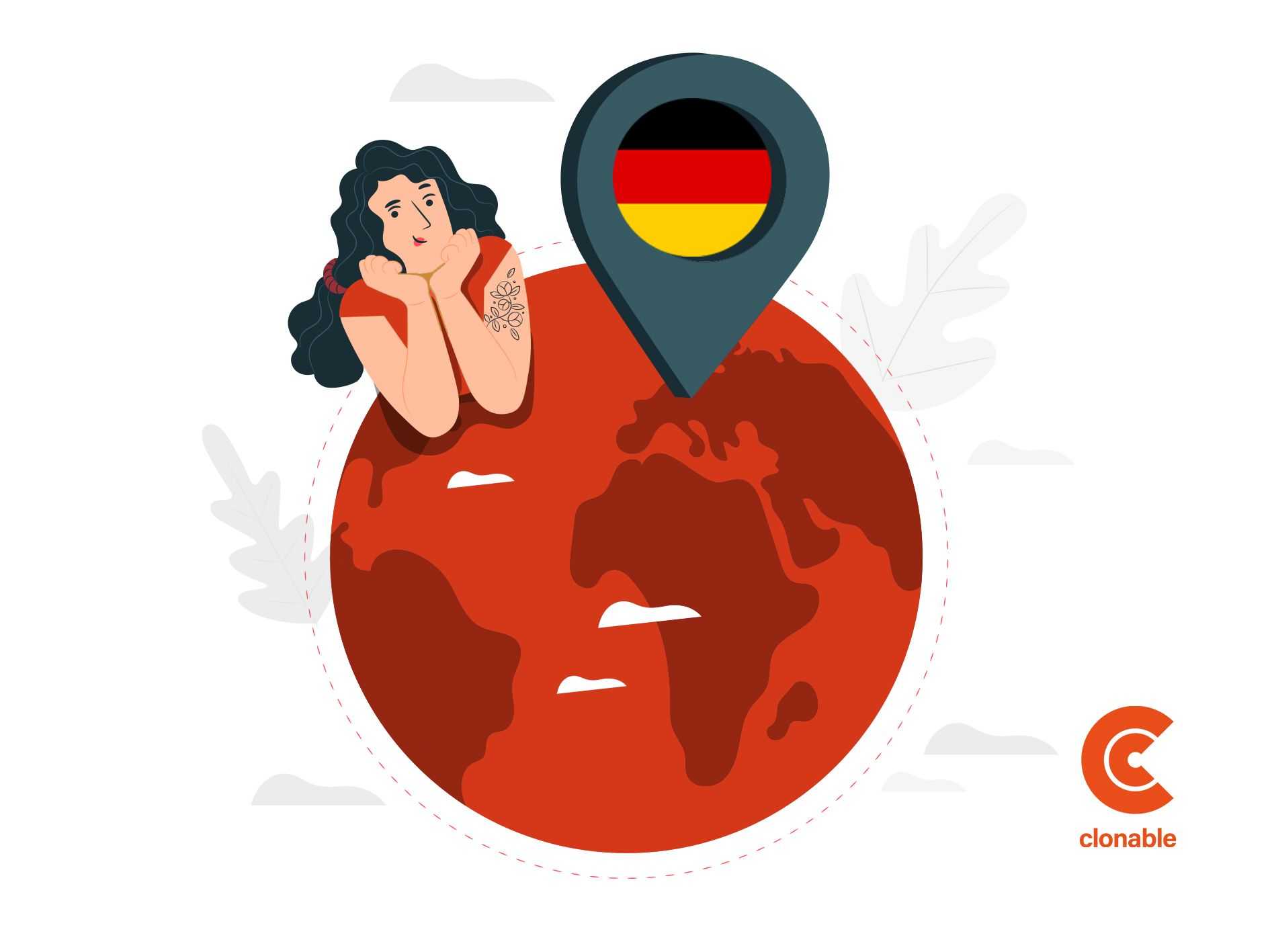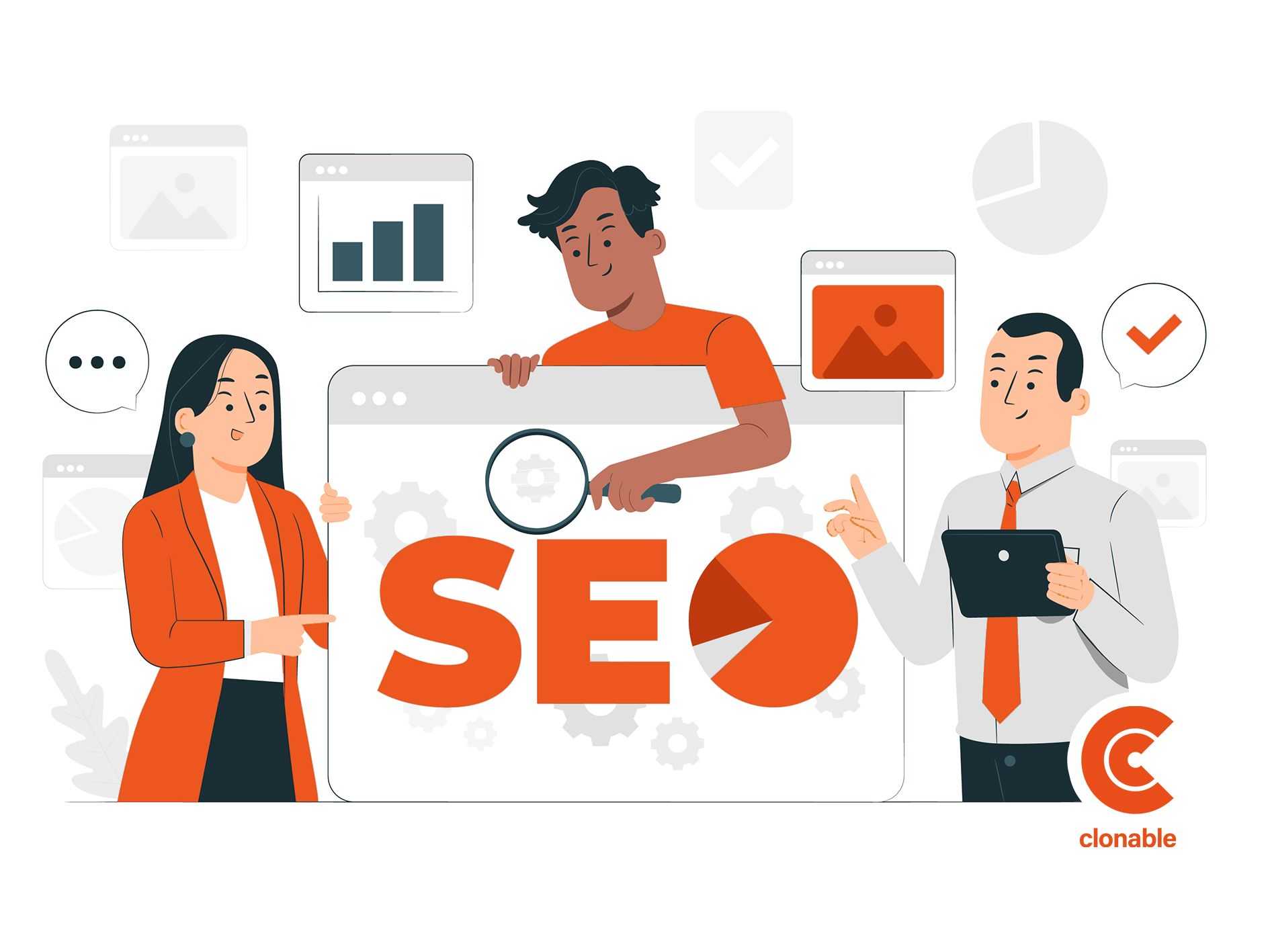Search engine optimization for Germany: some tips and tricks
If you plan to do business in Germany, it is important to have a good understanding of the German e-commerce landscape. In this article, we discuss everything you need to know about e-commerce in Germany, from popular e-commerce sites and product categories to online payment methods and mobile commerce. We also cover some of the most important e-commerce events taking place in Germany and how to reach German e-commerce customers through social media and other channels.

Size
First, let's look at the size of the German e-commerce market. According to a recent report by Statista, the German e-commerce market is currently worth about $62.9 billion. This makes it the fifth largest e-commerce market in the world, behind only the US, China, Japan and the UK. And this market is expected to grow even further in the coming years to a value of $79.6 billion by 2022.
Websites
When it comes to e-commerce in Germany, there are a few popular sites that stand out from the rest. The most popular e-commerce site in Germany is Amazon, followed by eBay and Otto. Other popular sites include Zalando, AliExpress and Rakuten.

Product Categories
E-commerce in Germany is a rapidly growing industry and it is important to have a good understanding of the local e-commerce landscape if you plan to do business in this country. In terms of product categories, German consumers spend the most on clothing and footwear. This is followed by books, electronics and furniture. This indicates that German consumers are strongly interested in fashion and electronic devices.
In addition, there are some niche product categories that are also gaining popularity, such as health and wellness products, and sustainable products. This is an indication that German consumers are becoming increasingly aware of their health and environment and want to include these aspects in their purchases.
Payment methods
In terms of online payment methods, we see that German consumers prefer to pay with credit cards. This is followed by PayPal and bank transfers. This shows that German consumers have confidence in the security of online payments and are happy to use a variety of payment options.
Mobile Commerce
Mobile commerce is also gaining popularity in Germany. More than 50% of German consumers now make purchases via their smartphones. This means retailers need to focus on the mobile experience to reach and keep their customers happy.
Events
Finally, there are a number of important e-commerce events taking place in Germany. These include the dmexco conference, the Online Trade Kongress and the Internet World Expo. These events are the main platforms for e-commerce companies to present themselves, share knowledge and do business.
The German market is one of the largest and most important in Europe, so it is no surprise that companies are eager to optimize their websites for search engine ranking in Germany. However, the process of SEO in Germany is a little different than in other markets because of the country's language and cultural idiosyncrasies. Here are some tips and tricks to help you get started with SEO in Germany.
1. Know your audience
The first step to an effective SEO strategy is to understand your audience. In Germany, it is important to be aware of the country's demographics. 82 million people live in Germany, with the majority of the population concentrated in the major cities of Berlin, Hamburg and Munich. The average German Internet user is well-educated and has a high disposable income.
2. Do your keyword research
Once you know who your target audience is, you can start researching what keywords they use to search for products and services like yours. The best way to do this is to use a tool like Google AdWords Keyword Planner. This will help you identify relevant keywords with high search volume.

3. Optimize the content of your website
Once you have a list of target keywords, you can begin optimizing your website content for these keywords. This means including the keywords in your website text, in titles and headings, and in metadata. However, it is important not to overdo it, as this may result in your content being penalized by Google. A good rule of thumb is to keep your keyword density at about 2-3%.
4. Create high-quality content
In addition to optimizing your existing website content, it is also important to create new high-quality content on a regular basis. This can be in the form of blog posts, infographics or video content. Not only will this help improve your SEO, but it will also give your website visitors something new and interesting to read or watch.
5. Promote your content
Once you've created great new content, it's important to promote it. This can be done through social media, email marketing and paid advertising. By promoting your content, you reach a wider audience and increase the likelihood that your content will be shared.
6. Monitor your progress
Finally, it is important to monitor your progress and adjust your SEO strategy as needed. You can do this by tracking your website's traffic and Rankings in Google. By monitoring your progress, you can see if your efforts are effective and where you might be able to make improvements. By reacting quickly to changes in search results, you can ensure that your website continues to perform and display higher in search results. Moreover, it also allows you to respond to changes in search behavior and search terms of your target audience. In short, monitoring your progress is indispensable for a successful SEO strategy





